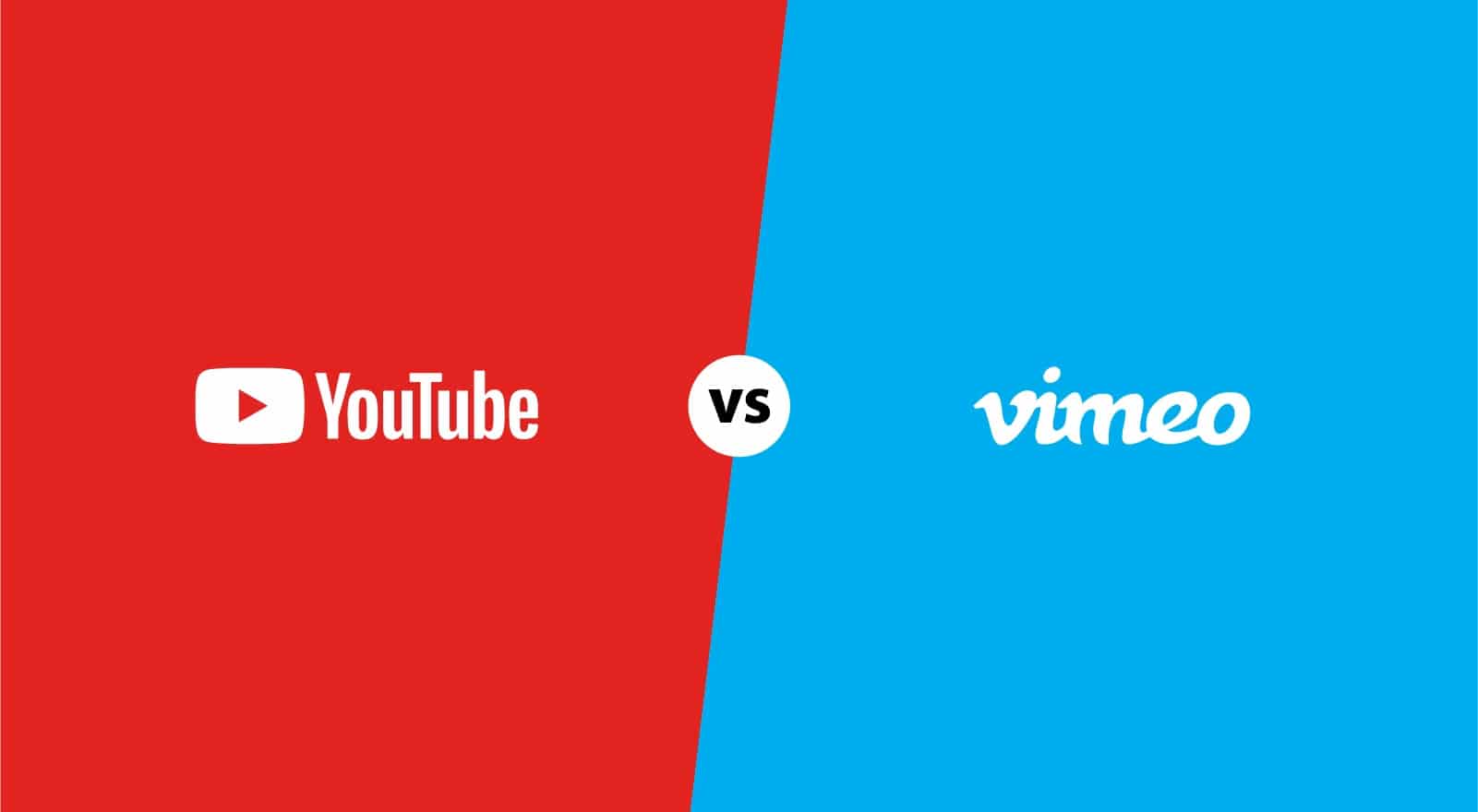265
YouTube and Vimeo offer attractive options for sharing video content and reaching target audiences, but there are still some key differences.
YouTube vs. Vimeo – an overview of the differences
YouTube and Vimeo offer a variety of options for sharing and marketing videos, but they differ in terms of target audience, functionality and orientation. YouTube scores with enormous reach and free access, while Vimeo focuses on high video quality and professional tools.
- Target group and reach: YouTube is the world’s largest video platform and reaches billions of people. It is the first choice for content that is intended to appeal to a broad public. The Vimeo platform, on the other hand, is aimed at creatives and professionals who are looking for a specialized community and are counting on an engaged audience with higher demands for video quality.
- Advertising and monetization: YouTube is primarily financed by advertising that appears during videos. The platform offers content creators various monetization options that are suitable for anyone who wants to generate revenue from their videos. Vimeo, on the other hand, remains ad-free, which can be more attractive for viewers but offers fewer monetization options.
- Video quality and resolution: Vimeo places a high value on high quality and allows higher bitrates, resulting in sharper and more detailed videos. For filmmakers and photographers, this can be crucial. YouTube, on the other hand, compresses videos, which saves storage space but sometimes results in slight quality losses.
